| You are in category: ILIZAROV |
«« back
|
Title: USE OF THE ILIZAROV TECHNIQUE TO IMPROVE LIMB FUNCTION FOLLOWING HEMIPELVECTOMY
Author: A.K.SINGHANIA, L. LOVISETTI, J. MAGUIRE, M.A.CATAGNI
| PICTURES |
 -
-
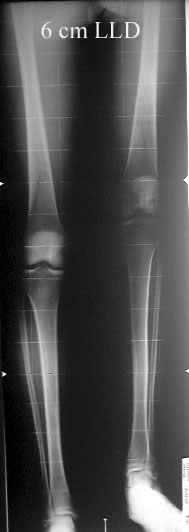 -
-
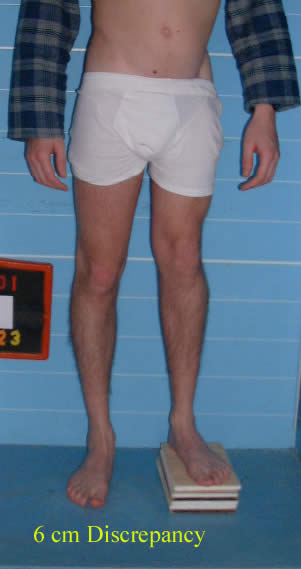 -
-
 -
-
 -
-
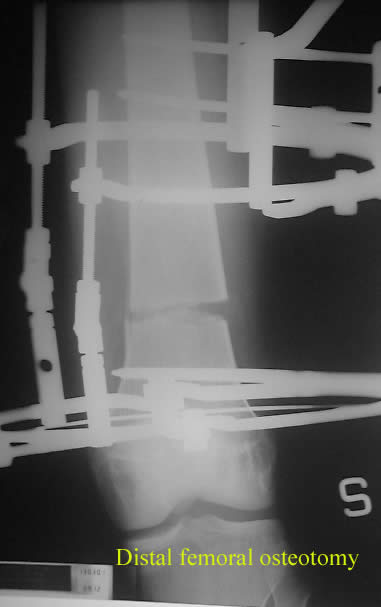 -
-
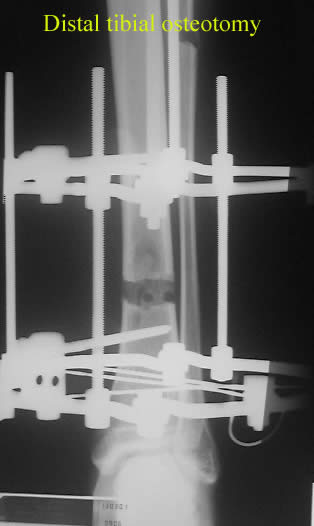 -
-
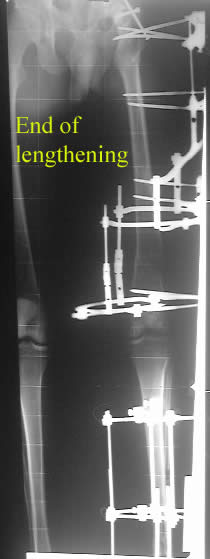 -
-
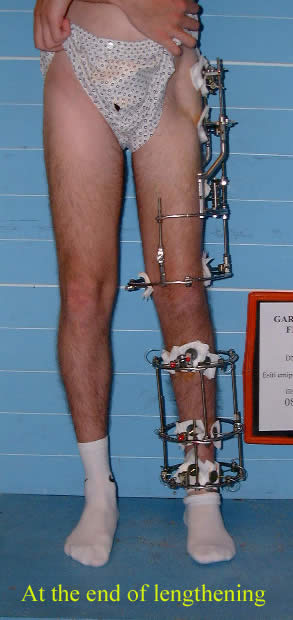 -
-
 -
-
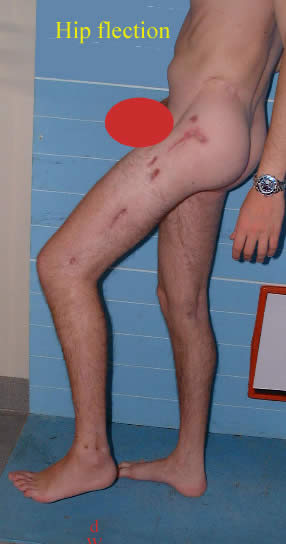 -
-
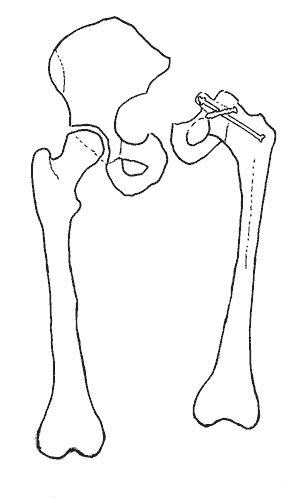 -
-
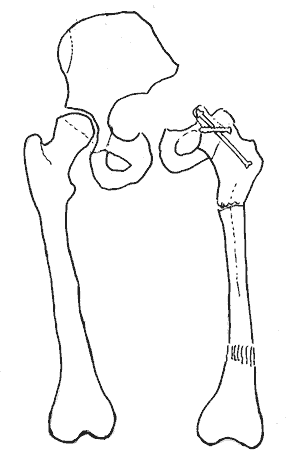
|
From Ilizarov Unit – “Alessandro Manzoni” Hospital, Lecco – Italy, Director M.A. Catagni
Various surgical modalities have been used for reconstruction after limb salvage surgery for pelvic tumours. We present the use of the Ilizarov technique as a second stage adjunct, for the optimisation of function, after first stage tumour resection and arthrodesis. This technique is suitable for selected patients with tumour free survival following the initial resection. Though not
described before, our experience indicates it is an alternative to a mammoth one stage internal hemipelvectomy with reconstruction, that is often attempted even though there is a high risk of local recurrence and distant metastasis.
A preoperative plan was formulated to perform distal femoral and distal tibial lengthening. The use of two sites for simultaneous distraction was planned to allow a reduction of the treatment time. To address the positive Trendelenberg test, a forty degree valgus subtrochanteric femoral osteotomy was to be performed acutely. This would over-correct the twenty degree angulation at the symphysis pubis joint and re-tension the residual muscle mass at the site of the internal hemipelvectomy. After lengthening, gradual varus correction would be performed, at the distal femoral osteotomy, to make the joint line of the knee horizontal. It has been the experience of the senior author (M.A.C.) that due to adaptation in the soft tissues during the lengthening phase, the total angular varus correction required at the distal femoral osteotomy is less than the forty degrees of valgus performed at the proximal femoral osteotomy. Close clinical and radiographic follow up is vital to determine the amount of varus correction that is ultimately required.
At four months following the removal, the patient had regained a range of abduction from 10 to 45 degrees and a range of flexion from 10 to 30 degrees, due to compensatory mobility of the symphysis pubis and sacro-iliac joints. Trendelenberg test was negative and a full range of movement of the knee and ankle joints was present. The patient continued to mobilise unaided with a satisfactory gait pattern
|